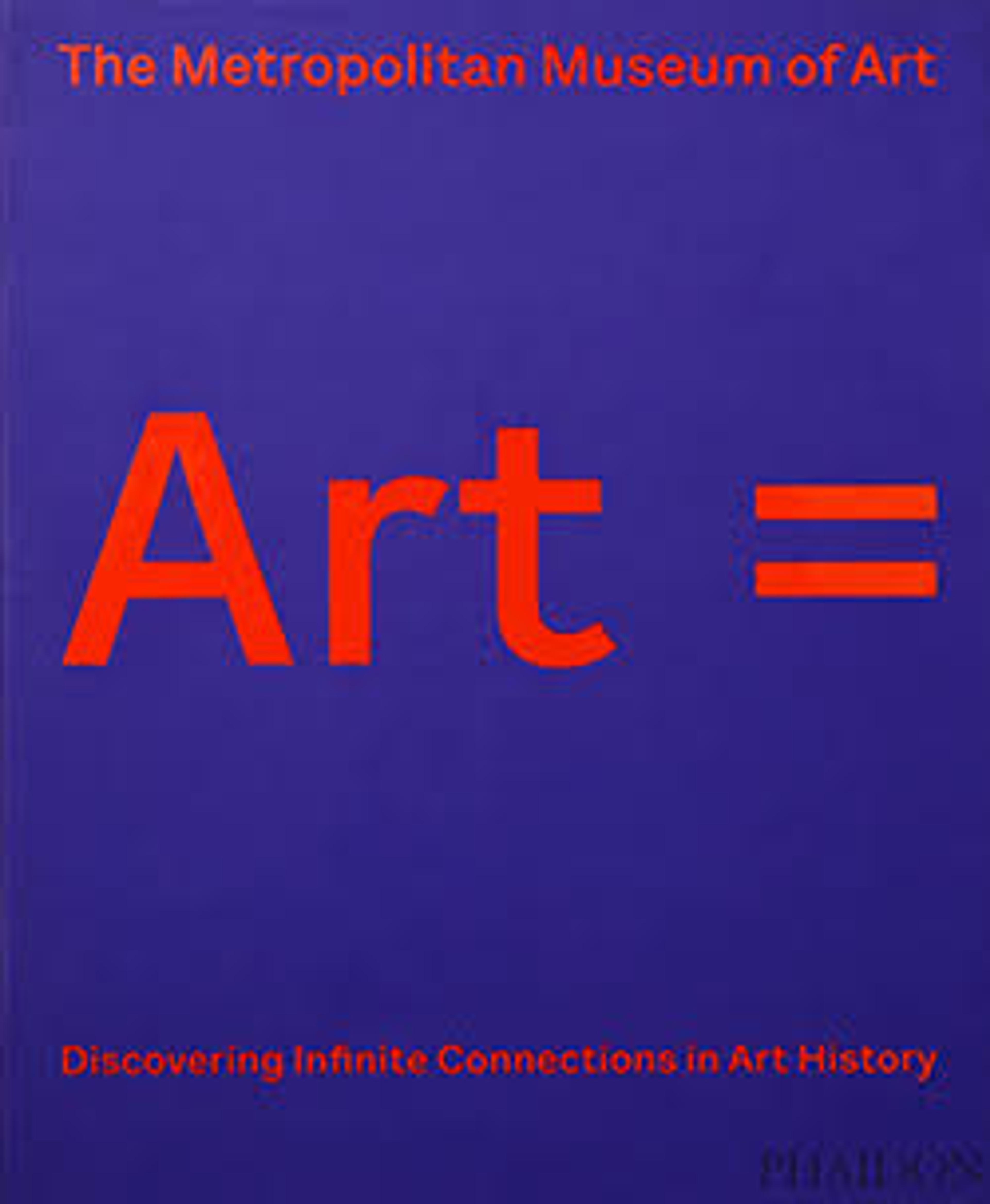Landscape of the Four Seasons (Eight Views of the Xiao and Xiang Rivers)
Sōami was the last of three generations of painters and connoisseurs (Nōami, Geiami, Sōami) who served as artistic advisers to the Ashikaga shoguns in Kyoto. Like other ink painters of his time, the artist took Chinese landscapes—often rendered on small album leaves—as inspiration for large-scale, panoramic screens and sliding doors that set a contemplative mood in the mansions and temples of the capital. These screens refer to the landscape of southern China, probably known to the artist through a handscroll prized by the Ashikaga shoguns, Eight Views of Xiao and Xiang, painted by Muqi, a thirteenth-century Chinese monk-painter.
Vignettes of daily life are here unified into a monumental ink landscape showing the progression of the four seasons, beginning with misty spring at far right and ending with wintry, snow-covered rooftops at far left. In this, Sōami conformed to a long-standing preference in Japanese interior decoration for seasonal imagery, which was rooted in the art and poetry of the Heian period (794–1185).
Vignettes of daily life are here unified into a monumental ink landscape showing the progression of the four seasons, beginning with misty spring at far right and ending with wintry, snow-covered rooftops at far left. In this, Sōami conformed to a long-standing preference in Japanese interior decoration for seasonal imagery, which was rooted in the art and poetry of the Heian period (794–1185).
Artwork Details
- 相阿弥筆 四季山水図 (瀟湘八景)
- Title: Landscape of the Four Seasons (Eight Views of the Xiao and Xiang Rivers)
- Artist: Sōami (Japanese, died 1525)
- Period: Muromachi period (1392–1573)
- Date: early 16th century
- Culture: Japan
- Medium: Pair of six-panel folding screens; ink on paper
- Dimensions: each: 68 1/4 in. × 12 ft. 2 in. (173.4 × 370.8 cm)
- Classification: Paintings
- Credit Line: Gift of John D. Rockefeller Jr., 1941
- Object Number: 41.59.1, .2
- Curatorial Department: Asian Art
Audio
8855. Landscape of the Four Seasons (Eight Views of the Xiao and Xiang Rivers)
0:00
0:00
We're sorry, the transcript for this audio track is not available at this time. Please email info@metmuseum.org to request a transcript for this track.
More Artwork
Research Resources
The Met provides unparalleled resources for research and welcomes an international community of students and scholars. The Met's Open Access API is where creators and researchers can connect to the The Met collection. Open Access data and public domain images are available for unrestricted commercial and noncommercial use without permission or fee.
To request images under copyright and other restrictions, please use this Image Request form.
Feedback
We continue to research and examine historical and cultural context for objects in The Met collection. If you have comments or questions about this object record, please contact us using the form below. The Museum looks forward to receiving your comments.
